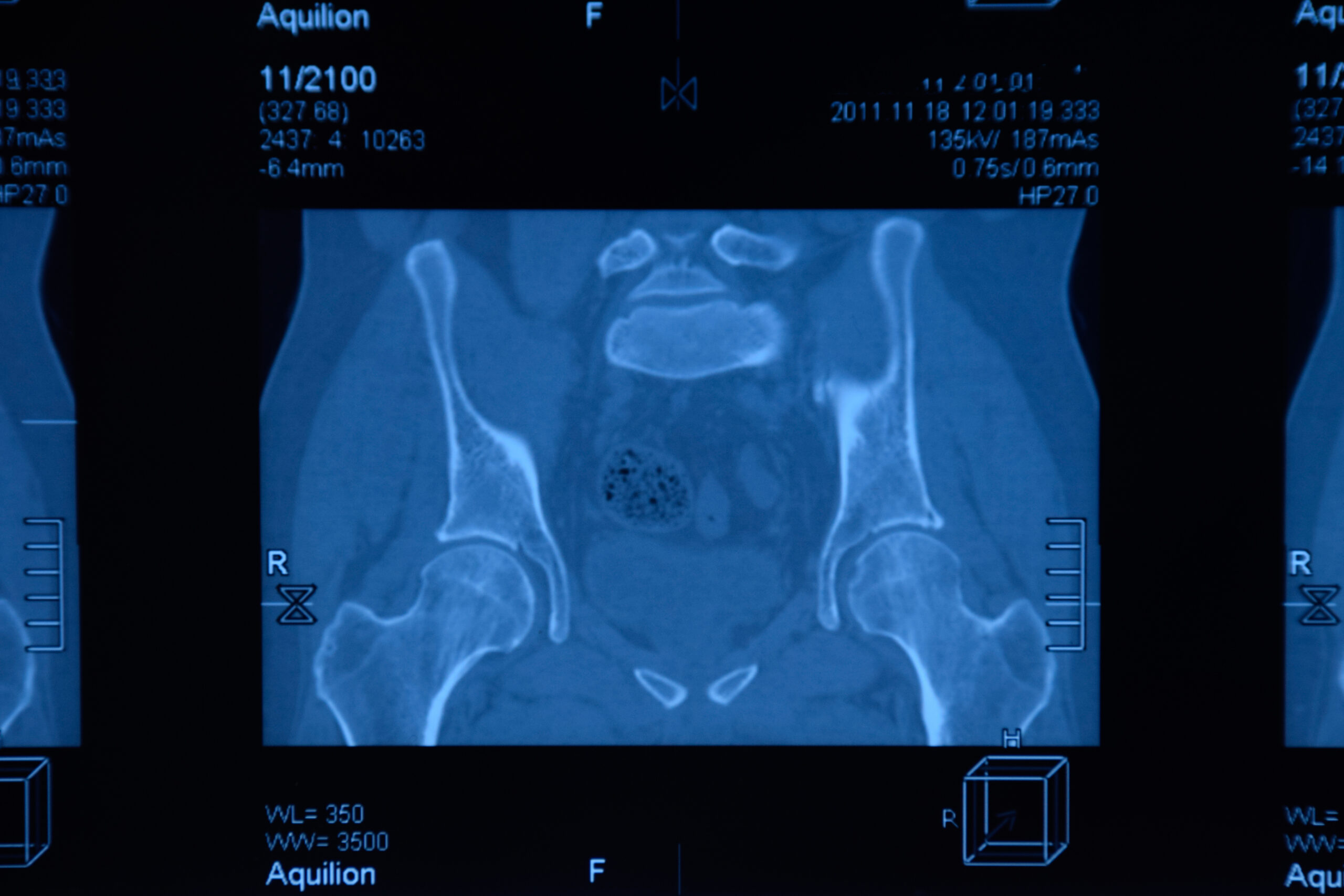Introduction:
Sacroiliac joint (SIJ) pain is a debilitating condition affecting millions worldwide, characterized by lower back pain and dysfunction. Traditional treatment modalities like physical therapy, medication, and intra-articular injections often provide temporary relief. However, for chronic sufferers, these methods may fall short of offering long-term relief. In such cases, radiofrequency neurotomy (RFN) techniques emerge as a promising alternative. This comprehensive discourse delves into the intricacies of RFN procedures for SIJ pain management, elucidating their mechanisms, efficacy, and associated considerations.
Understanding Sacroiliac Joint Pain:
The sacroiliac joint, a crucial component of the pelvic girdle, connects the sacrum to the ilium of the pelvis. Dysfunction or injury to this joint can lead to excruciating lower back pain, radiating to the buttocks and thighs, impairing mobility and quality of life. Chronic SIJ pain is multifactorial, arising from various etiologies such as trauma, degeneration, or inflammatory conditions.
Radiofrequency Neurotomy Techniques:
RFN, also known as radiofrequency ablation (RFA) or rhizotomy, entails the selective denervation of the nerves transmitting pain signals from the affected SIJ. The procedure involves the precise application of thermal energy to the sensory nerves using radiofrequency currents, disrupting their ability to transmit pain signals. RFN techniques target the lateral branches of the dorsal sacral plexus, responsible for innervating the SIJ, thereby providing pain relief.
Efficacy and Clinical Outcomes:
Numerous studies have demonstrated the efficacy of RFN techniques in alleviating SIJ pain and improving functional outcomes. A systematic review by Patel et al. (2020) concluded that RFN significantly reduces pain scores and enhances patient-reported outcomes, with sustained benefits lasting up to two years post-procedure. Furthermore, RFN offers advantages over conventional treatments by providing longer-lasting relief without the need for repeated interventions.
Patient Selection and Procedure:
Patient selection is crucial for achieving optimal outcomes with RFN techniques. Candidates typically undergo a comprehensive evaluation, including clinical history, physical examination, and diagnostic imaging to confirm SIJ pathology and rule out other sources of pain. Fluoroscopic guidance is employed during the procedure to ensure accurate needle placement and avoid damage to adjacent structures. RFN techniques can be performed using different approaches, including lateral branch neurotomy and cooled RFN, tailored to individual patient characteristics and preferences.
Adverse Effects and Considerations:
Although RFN procedures are generally safe, potential adverse effects may include temporary soreness at the injection site, neuritis, or rare complications such as infection or nerve damage. Patient counseling regarding the expected outcomes, risks, and alternative treatments is imperative to facilitate informed decision-making. Additionally, the durability of pain relief following RFN may vary among patients, necessitating periodic reassessment and potential retreatment in some cases.
Future Directions and Innovations:
Ongoing research endeavors seek to further refine RFN techniques and expand their applicability in treating SIJ pain. Emerging technologies such as cooled RFN, pulsed RF, and minimally invasive approaches hold promise for enhancing procedural safety and efficacy while minimizing patient discomfort. Additionally, advances in imaging modalities and neuroanatomical understanding continue to refine patient selection criteria and procedural precision, optimizing outcomes in this challenging patient population.
Conclusion:
Radiofrequency neurotomy techniques represent a valuable therapeutic option for patients suffering from refractory sacroiliac joint pain. With their ability to provide durable pain relief and improve functional outcomes, RFN procedures offer hope to individuals burdened by chronic SIJ dysfunction. Through ongoing research and innovation, the landscape of SIJ pain management continues to evolve, promising better outcomes and enhanced quality of life for affected individuals. As healthcare providers embrace these advancements, the journey towards alleviating SIJ pain becomes increasingly promising and fulfilling.
